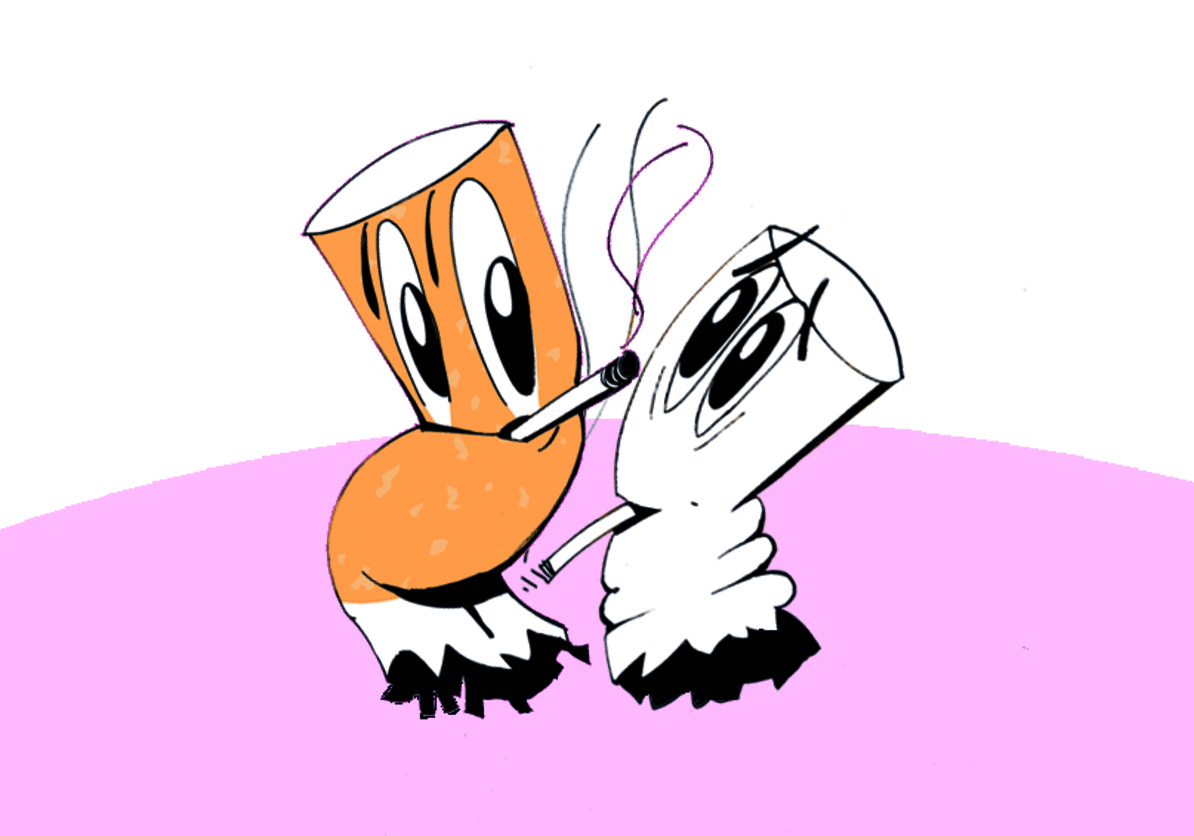2019-2020 COOP study group: CHUSMA: a dirty editorial. Tutor Team: Julia Morandeira Arrizabalaga, Francesc Ruiz. Partner: State Of Concept
Student participants:
Vita Buivid, Miguel Ferraez, Hannah O’Flynn, Julian Fricker, Giorgos Gripeos, Marc Norbert Hörler, Francisco Mojica, Ian Nolan, Simon(e) van Saarloos, Zachary Schoenhut, Clara Winter.
Tutor team:
CHUSMA: a dirty editorial from Month to Month & Chronicles.
CHUSMA: a dirty editorial
“Chusma” is a common word in Spanish used to refer in a despective way to the lower classes and to those who are vulgar, dirty, gossipy and loudmouth. In his book Disidentifications, queer performance theorist José Esteban Muñoz further defines it as a form of behavior that is in excess of normative comportment: an attitude judged to be too poor, too black, too queer. It foremost indicates a stigmatized class identity, but can also be used as a racial slur to indicate a deficient fitting to an idiosyncratic framework (such as in the case of recent migration) as well as, conversely, excessive nationalism and forms of populism. Someone who deploys a sexuality deemed flagrant and excessive can be referred as chusma as well. In sum, it refers to those who practice inappropriate behavior that subvert standard conventions of decorum. The chusma is a wild, shameless, monstrous and unruly social assemblage. And a deeply ambivalent one: being either or simultaneously read as an object of fascination or repulsion, it triggers forms of exploitation and policing as well as appropriation and celebration.
In the current political and cultural landscape, the chusma appears as a fertile category where multiple aesthetic, social, economic and material elements intersect. This COOP proposes not only to critically analyse its different manifestations ranging from style to slang, but to also assume them as an experimental terrain hosting subversive practices. To do so, we want the group to become an editorial — understood as a collective organ of reproduction and distribution— aimed at producing and tracing the inscription and circulation of signs that deal with the excessive, the dirty, the inappropriate, the loud. The language of the chusma is opaque and convoluted; it does not demand clarification or transparency, but to remain ambiguous in order to resist capture. The editorial will thus operate through contamination and contagion, activating a series of tactics, ie.: short-circuiting the policing of excess and the construction of violence that ensues; intervening in the material politics of style, and the sociabilities it deploys; infecting language, so as to index the social codification of gestuality, slang, insult, hygiene and the performativity of shame; or creating futuristic visions of porn, pleasure and dirty dancing.
In line with this research, Muñoz envisioned in the chusma a form of disidentification, which he theorized as a performative strategy in which subjects rework the hegemonic cultural codes without being assimilated. They remain permanently in tension with the social convention and engaged in turn in future worldmaking, yet to be.

